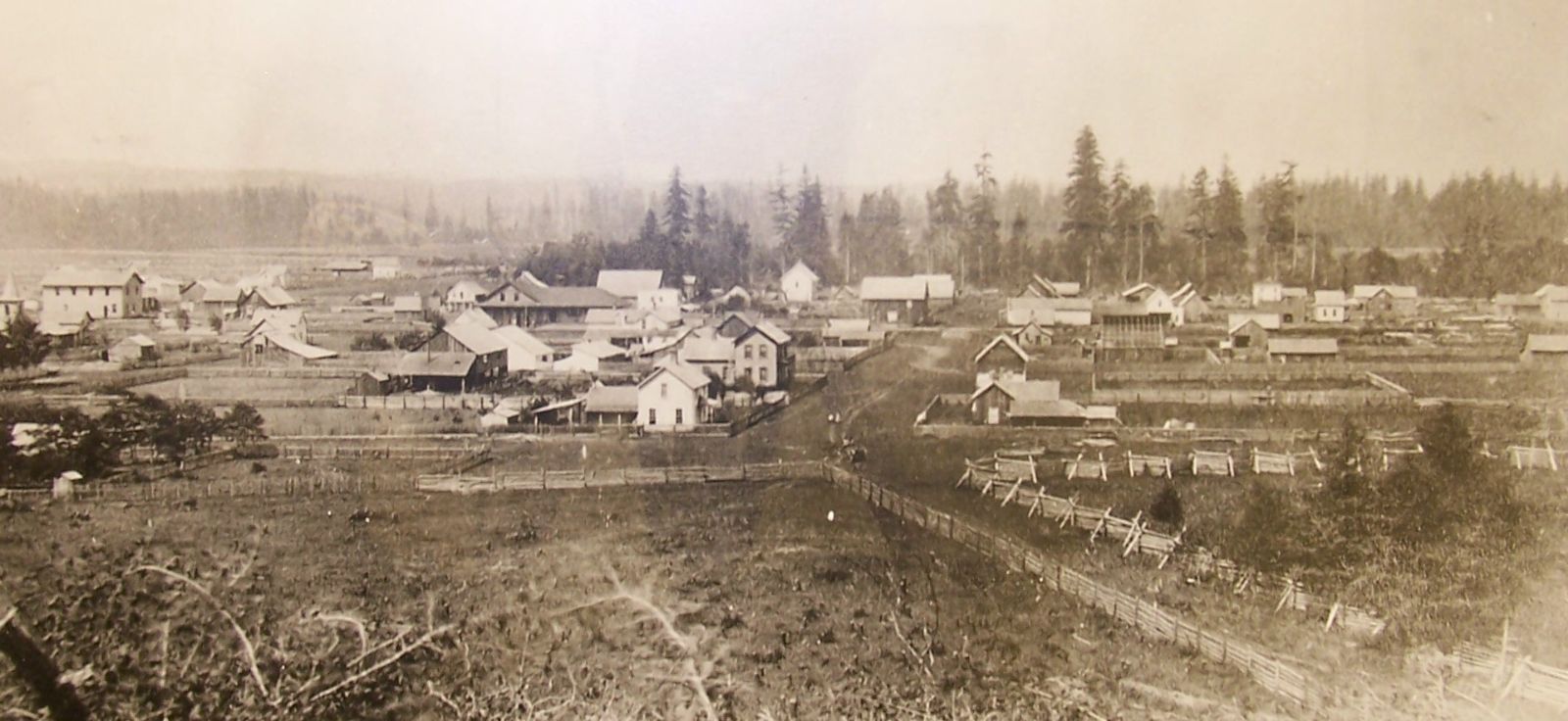Located in southwest Washington, the town of Centralia was founded by George Washington, an African American who came west in 1850 to escape discrimination. Washington first settled in Oregon Territory, but was barred from owning land there, so he moved north and eventually obtained a land claim at the junction of the Skookumchuck and Chehalis rivers. When the Northern Pacific Railroad built a line through the area in 1872, Washington recognized the opportunity to start a town. In early 1875, Washington and his wife Mary Jane formally platted the town of Centerville, later to be renamed Centralia. The Washingtons also donated land for a city park, a cemetery, and a Baptist church.
In 1884, the Northwest Convention of Missionary Baptists established a seminary in Centralia. The Washingtons donated $10,000 to the building fund, and William and Jane Bryan donated five acres of their homestead for the school grounds. (Bryan was a former valet from Pennsylvania; his wife was a former slave from Virginia.) The new Grace Seminary became a city landmark; although the building was razed in 1938, the area is still known as Seminary Hill.
Centralia was hard hit by a financial panic sweeping the country in 1893. Washington purchased food and other goods wholesale and distributed them to area residents. He also purchased lots from bankrupt owners, and elected to hold mortgages until owners could pay them off. His faith was eventually repaid, and the town bounced back from the depression.
Although the founders of Centralia have long since passed away, the city itself has flourished. The town that an African American platted over 125 years ago has grown to over 13,000 residents, and is the largest city in Lewis County, Washington.


